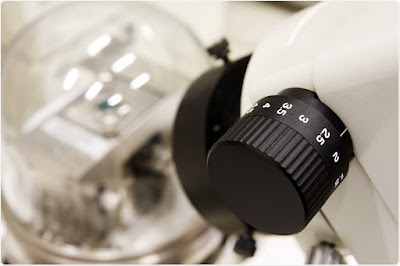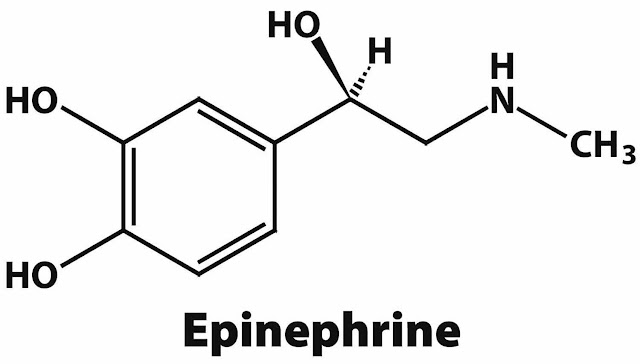Label-Free Array Systems; Best Suited For Drug Discovery, Rapid Diagnosis, and Security Applications
 |
Label-free array systems comprises two types of biosensors, namely optical and impedance-based biosensors, including techniques such as bio-layer interferometry, isothermal titration calorimetry, surface plasmon resonance, and others. Of which, surface plasmon resonance is the most commonly used technique. The main advantage of this technology is the ability to obtain relevant and important data in record time. Label-free assays convert biological binding responses into signals without using a fluorescent or any other detection label.
These systems are used to determine receptor-ligand binding rates and detect the presence and concentration of biological molecules. In a typical bio-sensing process, molecular interactions are transduced as optical electrical, or mechanical signals, and are thus detectable without any label probes. The main advantage for label-free detection is that more direct information can be acquired, as the methods use only native proteins and ligands. Label-free array systems are best suited for drug discovery, rapid diagnosis, and security applications.
Thus, with the increasing prevalence of chronic and life-threatening diseases and increase in drug discovery programs in the United States, the demand for label-free array systems is also increasing with a rapid pace. For example, in November 2020, the University of Houston (US) launched the Drug Discovery Institute (DDI) aimed at integrating new technologies, such as artificial intelligence, to streamline and modernize the drug-discovery process. The institute will develop novel drugs for unmet medical needs.
Source Link: https://world.einnews.com/pr_news/557988837/label-free-array-systems-market-detailed-new-product-in-report-offers-2021-general-electric-healthcare-bionavis



Comments
Post a Comment